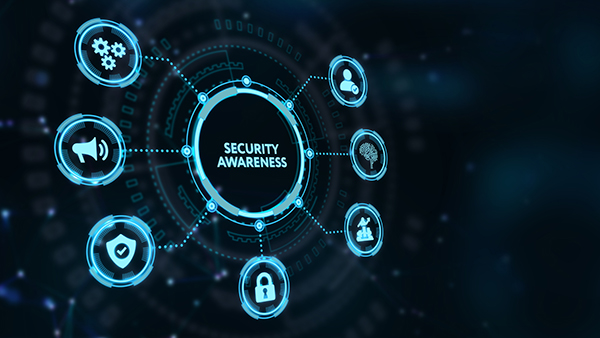|
As part of Cybersecurity Awareness Month for October 2023, Technology Services is reaching out to help the campus community boost its online safety and enhance our collective digital security. This week, we’ll focus on using Multi-Factor Authentication to safeguard your online presence.
Are Your Accounts Secure Enough?
You may believe that your passwords safeguard your online presence, but the reality might surprise you! Even with a robust password or password manager, savvy cybercriminals often find a way around these protective measures, compromising your accounts, finances and identity.
Elevate Your Security with Multi-Factor Authentication (MFA)
MFA is more than just a password; it's a process that requires a second method of verifying your identity (authentication) in addition to your username and password. This may be a cell phone, tablet, desk phone, or a dedicated hardware token. You sign in with something you know, such as your password, and something you have, such as a code sent to your device. MFA prevents anyone but you from accessing your account, even if they know your password.
Enabling MFA is Easy
You may have encountered MFA prompts during your online activities. Opt in whenever possible! Navigate to the security settings of your frequently used accounts, looking for MFA options, often listed as Two Factor Authentication, Multi-Factor Authentication, or Two Step Factor Authentication. Secondary verification could involve different forms, such as:
- Authenticator Applications (i.e. Google, Microsoft, DUO, etc.)
- SMS or voice message
- Application-based MFA
- Phishing-resistant MFA
- Biometric methods (fingerprint or face scan)
Where Should You Implement MFA?
- Email accounts
- Financial platforms
- Social media profiles
- Online shopping sites
- Entertainment services
If an account doesn't offer MFA, it’s worth reaching out to the company to request the implementation of this essential security feature. Your digital safety is vital.
Stay safe and be proactive in your online practices.
|


